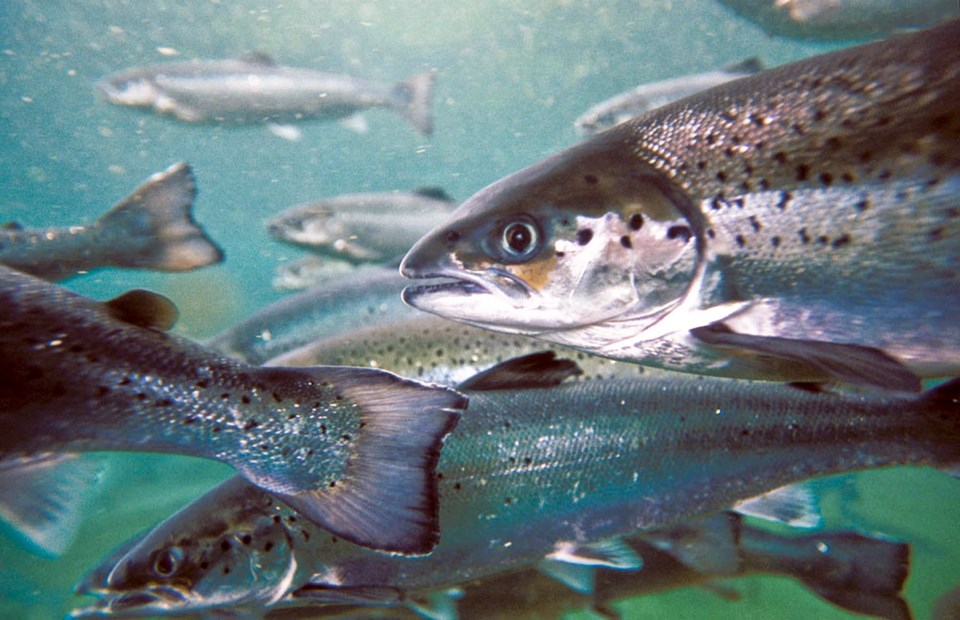An Island First Nation says wild salmon advocates aren’t welcome at its fish farms.
Tlowitsis Chief John M. Smith said he won’t allow conservationists to visit two small Atlantic salmon farms on the Campbell River nation’s territory.
“They didn’t choose to phone us and say: We’d like to come and see your farm,’ ” Smith said.
“My big concern is that I don’t like to be invaded. That’s my sense when they come in without our permission.”
The Sea Shepherd Conservation Society has teamed with aquaculture critic and biologist Alexandra Morton to investigate the impact of B.C.’s salmon farms — most of which are off the east coast of Vancouver Island — on wild stocks.
As part of “Operation Virus Hunter,” Morton is travelling aboard the research vessel Martin Sheen to audit salmon farms along the migration route of wild Fraser River sockeye.
According to Watershed Watch Salmon Society, salmon farms can have serious negative impacts on wild stocks, through the transfer of sea lice and disease, escaped fish and pollution.
Morton and the Sea Shepherd team are collecting samples at the farms they visit, which will be tested for the piscine reovirus, which she says infects up to 80 per cent of farmed B.C. salmon. In 2015, Morton won a federal court case prohibiting the transfer of piscine reovirus-infected farmed salmon into marine net pens without ministerial permission.
At each site, team members take salinity, temperature and turbidity measurements, check for toxic algae blooms, collect samples for viruses and take photos. They also watch for fish lying against the net or staying near the surface, which can indicate illness.
Smith said the Tlowitsis Nation’s partnership with Grieg Seafood, which began about six years ago, is an important part of its economy. The fish are tested before entering pens, he said.
“They got analyzed and studied to death by the government, and they’re certified clean,” Smith said.
The Sea Shepherd crew visited two farms near Earls Cove on Thursday and found floating dead fish, which Morton called concerning.
The vessel is travelling in public waters. While Morton is not formally notifying farms, she said most are aware she’s coming and she would respect those who said they didn’t want a visit.
“We’re not going anywhere we’re not welcome,” she said.
The B.C. Salmon Farmers Association says 78 per cent of salmon raised in B.C. is under a First Nations agreement.
International salmon farming company Cermaq Canada has 14 active farms in the Ahousaht Hahoulthee area, according to the Aboriginal Business and Investment Council.
Tyson Atleo of the Ahousaht Nation said the community recognizes that fish farming has environmental consequences that must be balanced against the economic benefit it provides.
“It’s no secret that many of us in Ahousaht, we don’t like fish farming necessarily, but we recognize that we do have a partnership with them and that it does help us as a community develop capacity to diversify our economy and employ our people,” he said.
The Pacific Salmon Commission predicted Friday that this year’s sockeye run might generate just 2.27 million fish, compared to the 50-year average of 3.9 million.
— With a file from Katherine Dedyna



